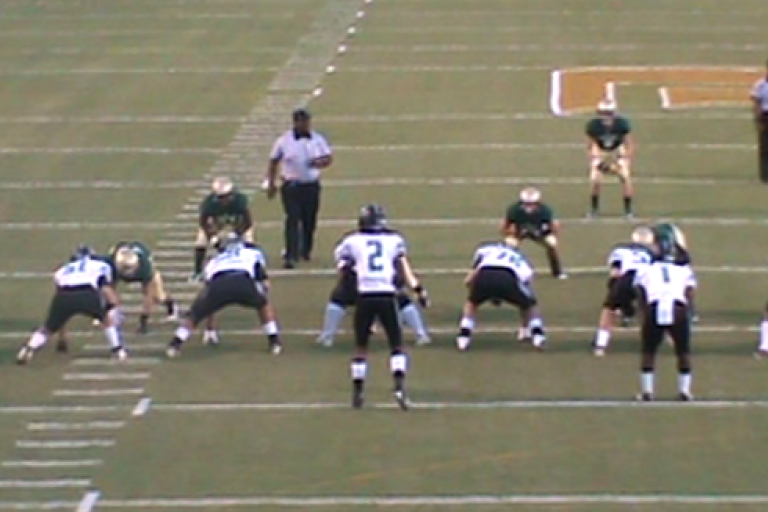

Imaging Telemetry And Kinematic modeLing in football
The iTAKL family of studies are focused on studying the effects of subconcussive impacts in youth and high school populations. These studies use sophisticated biomechanical sensors, advanced neuroimaging, including MRI and MEG, as well as detailed cognitive testing to evaluate the relationships between cumulative impact exposure in youth sports and the developing brain. Dr. Maldjian at UTSW and his team of collaborators at Wake Forest have been performing pioneering work in this area, with comprehensive evaluations in the largest number of youth and high school players studied to date.
iTAKL-Youth (5R01NS082453 NINDS, 5R03NS088082 NINDS)
Football head injuries involve significant forces and can result in mild to severe traumatic brain injuries. While this has received increasing attention at the professional, collegiate, and high school levels, there is scarce if any data available for participants in the youth leagues (8-12 years old). This study will relate information about head motion during a hit in youth football to neurocognitive and imaging data to determine the effects of subconcussive impacts, and the true incidence of cognitive and objective imaging changes. All elements of this study focus on the objective to increase understanding of pediatric mild Traumatic Brain Injury (mTBI) and prospectively collect biomechanical, imaging, functional, and computational modeling data on a scale never before attempted. This project integrates neuroinformatics work and the computational modeling techniques developed by Drs. Maldjian at UTSW and Stitzel at Wake Forest University Health Sciences (WFUHS). The long term benefit of the research will be to allow equipment designers, researchers, and clinicians to better prevent, mitigate, identify and treat injuries to help make youth league football a safer activity for millions of children.
iTAKL-Youth Publications
Publications as listed in the NIH Project Reporter
iTAKL-High School (5R01NS091602 NINDS)
Dr. Maldjian and his team of collaborators are now expanding on their work in youth football with the recently awarded iTAKL high school football study. The purpose of this study is to determine the effect of sub-concussive impacts on the brain using the most sophisticated imaging, biomechanical measures, and cognitive testing currently available.